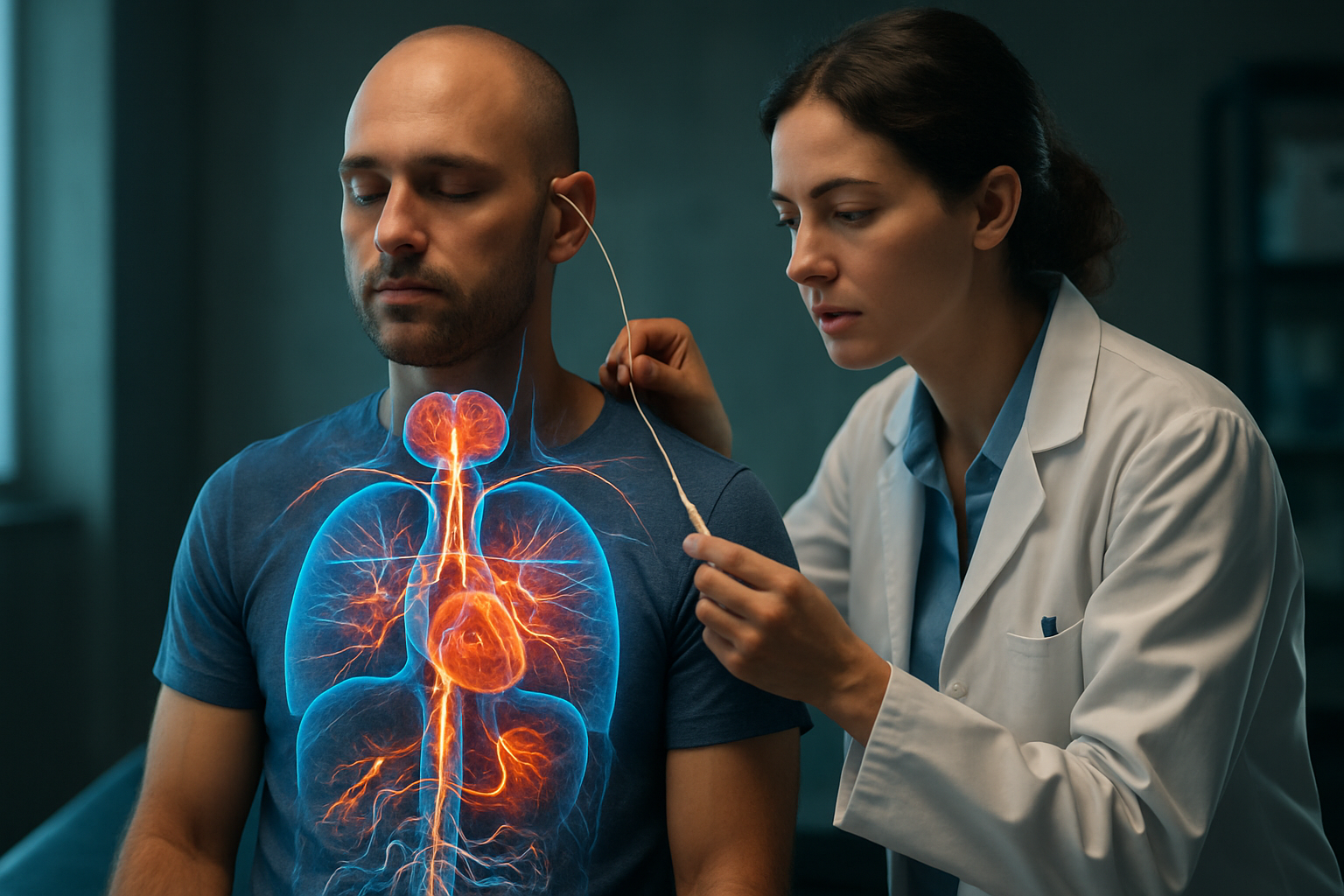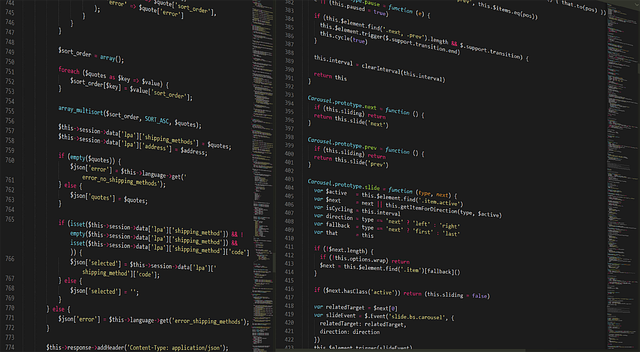Pulmonary Hypertension Treatment Options and Care
Pulmonary hypertension is a serious condition in which blood pressure rises in the arteries that supply the lungs, creating strain on the heart and often causing symptoms such as breathlessness, fatigue, and fluid retention. Understanding available treatments, the roles of medicine and specialists, and when hospital care is needed can help people and families navigate care choices and work with a doctor to manage the condition. This article explains common treatment approaches, what they target in the lungs and heart, and how multidisciplinary care supports better outcomes.

This article is for informational purposes only and should not be considered medical advice. Please consult a qualified healthcare professional for personalized guidance and treatment.
How does pulmonary hypertension affect the lungs?
Pulmonary hypertension primarily involves the small arteries in the lungs, where narrowing, remodeling, or inflammation can increase resistance to blood flow. Over time this forces the right side of the heart to pump harder, which can reduce oxygen delivery and cause symptoms like shortness of breath and exercise intolerance. Diagnosing the lung vascular involvement typically requires imaging, pulmonary function testing, and measurement of pressures via right heart catheterization. Treating the lung circulation directly—using targeted pulmonary arterial hypertension therapies or addressing underlying lung disease—can reduce symptoms and slow disease progression.
What is the link between pulmonary hypertension and the heart?
The heart, especially the right ventricle, is directly affected by pulmonary hypertension because it must overcome higher pressure to move blood through the lungs. Chronic overload can lead to right ventricular enlargement, reduced cardiac output, and eventual heart failure if untreated. Cardiologists often work with pulmonologists to assess cardiac function using echocardiography, MRI, or invasive hemodynamic testing. Treatment aims to lower pulmonary artery pressures and support the heart’s function through tailored medicine, fluid management, and, in advanced cases, mechanical support or referral for transplantation evaluation.
What medicines treat pulmonary hypertension?
A range of medicines target different pathways involved in pulmonary arterial constriction and remodeling. Categories include endothelin receptor antagonists, phosphodiesterase-5 inhibitors, prostacyclin analogs and receptor agonists, and soluble guanylate cyclase stimulators. Some patients benefit from calcium channel blockers if they show vasoreactivity, while diuretics and oxygen therapy address symptoms and oxygenation. Anticoagulation may be considered in specific subtypes. Choice of medicine depends on the cause, severity, test results, and comorbidities; regular monitoring by a specialist ensures dosing adjustments and detects side effects early.
When should you see a doctor for pulmonary hypertension?
Early consultation with a doctor is important if symptoms like exertional breathlessness, unexplained fatigue, chest discomfort, or swelling in the legs appear. Primary care physicians can arrange initial testing and referrals to specialists. For suspected pulmonary hypertension, timely evaluation by a pulmonologist or cardiologist experienced in pulmonary vascular disease is recommended. Ongoing care typically includes medication management, periodic imaging or hemodynamic monitoring, and coordination with rehabilitation services. Seek urgent evaluation in the event of sudden worsening, fainting, or signs of right heart failure.
What role does the hospital play in treatment?
Hospitals provide diagnostic, acute, and advanced care. Inpatient settings allow for right heart catheterization, initiation of intravenous prostacyclin therapies, management of decompensated right heart failure, and assessment for complications. Specialized centers with pulmonary hypertension programs deliver multidisciplinary care—combining cardiology, pulmonary medicine, nursing, pharmacy, and rehabilitation—and can coordinate access to clinical trials or transplantation evaluation when appropriate. When choosing where to receive care, consider local services and regional referral centers that have experience managing complex pulmonary vascular disease.
Conclusion
Pulmonary hypertension treatment is multifaceted: it combines targeted medicines that act on the lung circulation, supportive therapies that protect heart function, and coordinated care from doctors and hospital teams experienced in pulmonary vascular disease. Early recognition, specialty evaluation, and individualized management plans improve symptom control and quality of life. Discussions with your healthcare team about treatment goals, monitoring, and what to expect can help align medical decisions with personal priorities.




